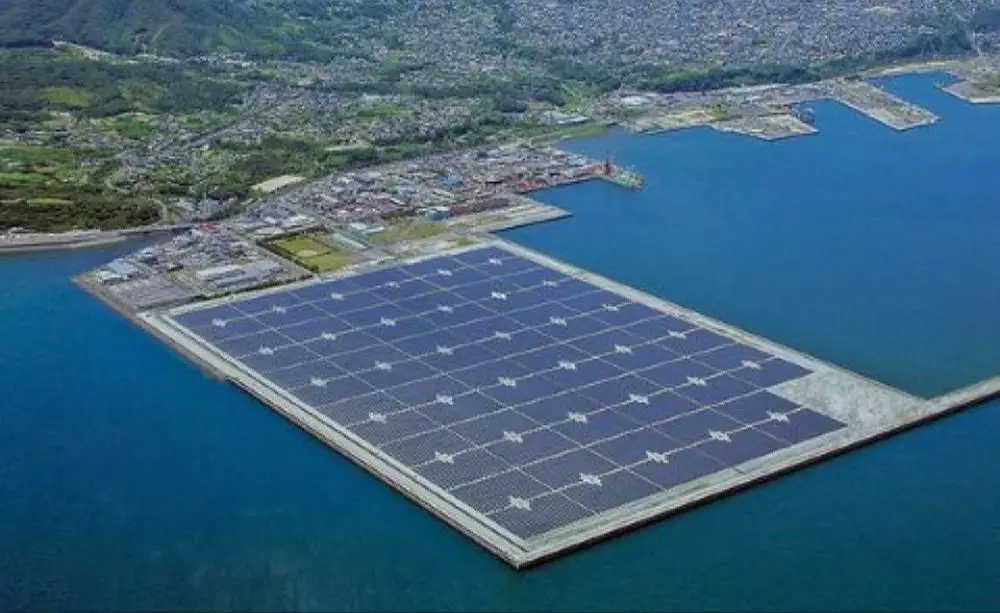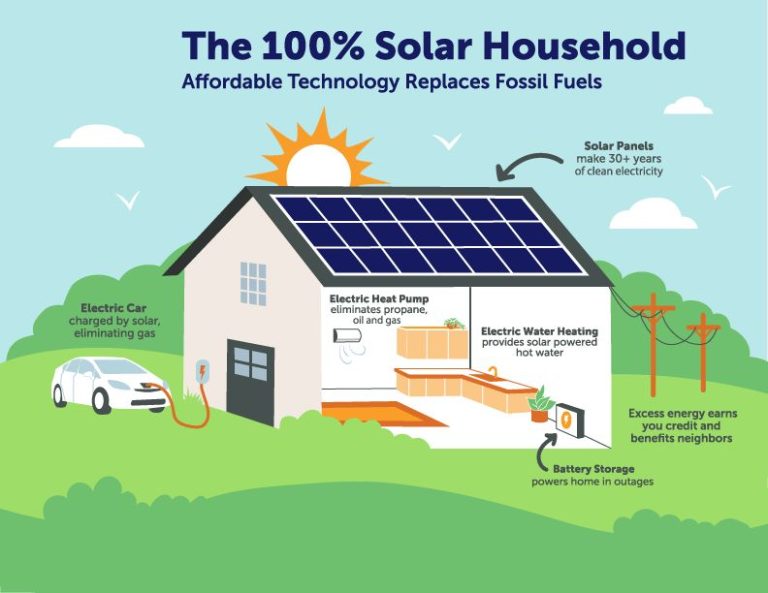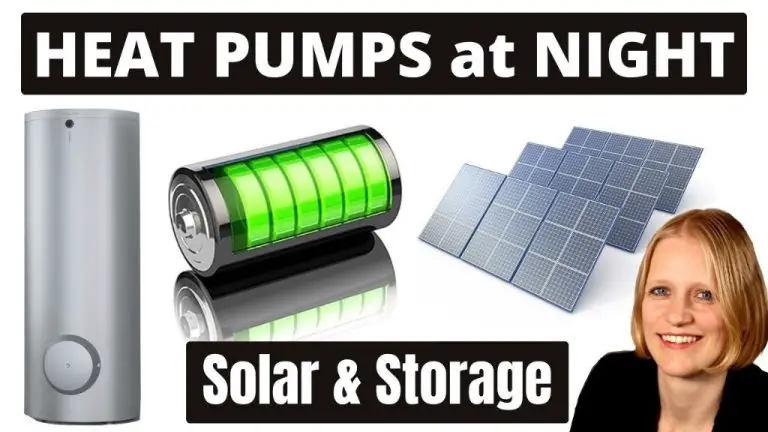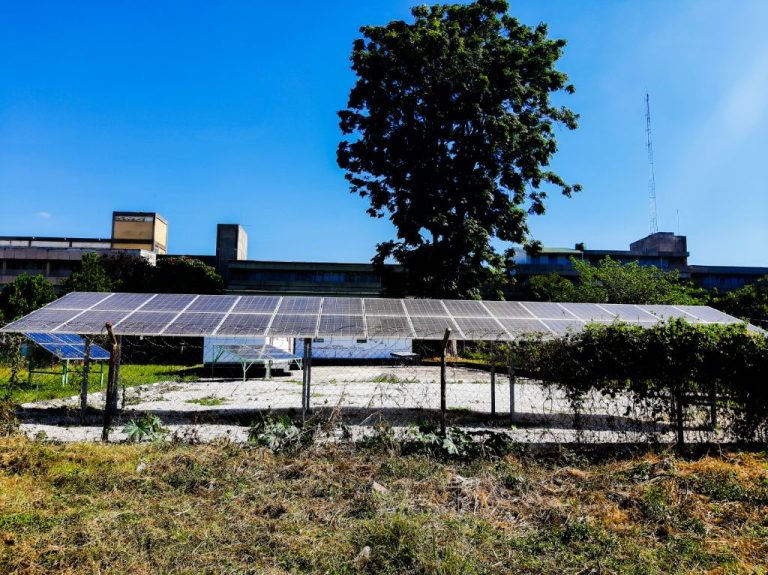Can Solar Replace Nuclear?

The urgency of climate change has put the spotlight on carbon-free energy sources like nuclear and solar power. While both generate electricity without greenhouse gas emissions, they differ in cost, safety, reliability and other factors. This analysis examines whether solar power could potentially replace nuclear energy as a dominant zero-carbon source of electricity.
Thesis: Solar power has potential to replace nuclear but faces challenges with intermittency, grid reliability, cost declines needed for competitiveness, waste disposal, and scaling to meet global electricity demand. Overcoming these hurdles with battery storage, smarter grids, lower costs, and improved solar panel efficiency could enable solar to displace nuclear. But nuclear’s advantages for baseload power mean solar may serve a complementary role vs outright replacement.
Cost comparison
Solar installation costs are significantly lower than building a new nuclear power plant. According to Lazard, the average cost per megawatt hour for utility-scale solar is around $40, while nuclear power costs around $175 per MWh (1). The high capital costs of building nuclear plants make financing difficult, with recent projects in Europe and the United States often running billions of dollars over budget. One analysis estimates the costs of new nuclear capacity between $112 and $189 per MWh, making it uncompetitive with renewables (2).
The levelized cost of energy (LCOE) over the lifetime of a generating asset also favors solar power. While nuclear and coal plants require ongoing fuel purchases, the majority of lifetime costs for solar occur upfront during installation and construction. Once built, the “fuel” from the sun is free. This gives solar power one of the lowest LCOEs of any energy source (3).
Sources:
(1) https://www.mackinac.org/blog/2022/nuclear-wasted-why-the-cost-of-nuclear-energy-is-misunderstood
(2) https://www.reuters.com/article/idUSKBN1W909I/
(3) https://changeoracle.com/2022/07/20/nuclear-power-versus-renewable-energy/
Reliability
Nuclear power plants provide reliable baseload power, operating at 90% capacity on average, compared to the intermittent nature of solar power. The sun only shines during the day and solar output depends on weather conditions and seasons. Large-scale solar farms utilize battery storage to mitigate intermittency, but this adds significant costs. According to the Energy Shift blog, nuclear plants require $6-9 billion and 5-10 years to build, but have low running costs and provide continuous baseload power. Solar has faster deployment times and greater scalability, but battery storage is needed to match nuclear’s reliability.
The Department of Energy states that nuclear power has the highest capacity factor of any energy source, operating 93% of the time in 2019. This is nearly 2 times more reliable than natural gas and coal, and 3 times more reliable than wind and solar (Department of Energy). Solar only generates power when the sun is shining, so storage systems are required to provide power overnight. Large-scale lithium-ion batteries can store solar energy for use when needed, but add significant costs. Nuclear power provides consistent, reliable baseload power more cost-effectively than solar plus storage.
Safety
Nuclear power has the risk of serious accidents and disasters that can impact public health and the environment. Major nuclear disasters like Chernobyl and Fukushima have caused radioactive contamination over large areas and led to evacuations, deaths, and long-term health effects (Li 2022). The potential consequences of an accident are severe. There are also concerns about nuclear facilities being targeted for terrorism or sabotage.
In contrast, solar power does not have the same catastrophic accident potential. Solar panel systems create electricity directly from sunlight, so there is no risk of fuel meltdowns or radiation release. The main safety hazards of solar involve electrical shocks and falls during installation and maintenance. Proper precautions greatly minimize these risks. Solar power is generally considered one of the safest forms of energy (Sagan 1993).
When weighing the safety risks, solar power has clear advantages over nuclear’s potential for severe disasters. But nuclear proponents argue the historical risks are small and worth the energy benefits, while critics see any possibility of a catastrophic nuclear accident as unacceptable.
Waste Disposal
Nuclear power produces radioactive waste that must be carefully managed and isolated from the environment for thousands of years. There is still no permanent disposal site for high-level nuclear waste in the US, leading to concerns over the potential environmental consequences if storage facilities fail over the long term. According the Forbes, solar panel waste risks exposing trash pickers and the environment to toxic materials if not properly disposed of.
While not radioactive, solar panels contain lead, cadmium, and other toxic chemicals that can leach out as they break down. Solar waste is 300 times more toxic than nuclear waste per unit of energy produced. Proper solar panel recycling is important but costs are high and facilities are limited. Most panels end up in landfills where chemicals can pollute soil and water. More sustainable solar panel designs and comprehensive recycling programs are needed to manage this growing form of electronic waste.
Scalability
When comparing the scalability of solar power and nuclear power, solar has a clear advantage. According to EnergySage, solar power can be deployed incrementally, while nuclear power requires very large plants to achieve economies of scale. A typical nuclear reactor has around 1 GW of capacity, while solar farms can range from a few kW to hundreds of MW. This modular nature of solar allows capacity to be added as needed.
Solar also benefits from a vast global potential. The IEA estimates solar could supply up to 30,000 TWh per year globally, compared to just 4,000 TWh for nuclear. While solar potential is abundant, suitable sites are limited for nuclear plants which require access to cooling water. Solar panels can be installed on rooftops and empty land in many more locations. Overall, solar power has fewer geographic constraints and can scale more rapidly around the world.
Public perception
Public opinion on nuclear power versus renewable energy sources like solar and wind has shifted over the past decade. According to Pew Research, in 2016 a majority of Americans strongly favored expanding solar panel farms (89%) and wind turbine farms (73%), while only 49% strongly favored more nuclear power plants. However, more recent Pew data from 2023 indicates growing support for nuclear power, with 59% of U.S. adults now favoring more nuclear power plants.
Public support varies based on political affiliation, with Republicans more in favor of nuclear and Democrats preferring renewables. Safety concerns and waste disposal remain issues for nuclear power acceptance. Overall, solar and wind are still more strongly favored by the public, but support for nuclear is increasing.
Policy factors
Government subsidies play an important role in the viability and adoption of energy sources like solar and nuclear power. According to analysis by Robert Bryce, in 2018 the American solar industry received approximately 200 times more in federal tax incentives per exajoule than the nuclear sector (source). This massive subsidy discrepancy highlights how policy priorities and incentives can dramatically shape the energy landscape.
With strong government support through subsidies, tax credits, and other incentives, solar power has grown rapidly as an energy source. However, some argue these subsidies create an unfair playing field, given that nuclear does not receive comparable policy backing despite providing steady, low-carbon baseload power. As countries aim to decarbonize their energy sectors, policies that recognize nuclear’s potential role could spur further development and innovation.
Ultimately, policymakers must weigh factors like economics, grid reliability, climate impact, and public sentiment when crafting energy policy. While solar currently enjoys greater policy support, a balanced approach may require reassessing assumptions and ensuring nuclear power receives fair consideration as a clean energy source.
New technology
Both solar and nuclear technologies are rapidly evolving with major innovations aimed at improving efficiency, cost-effectiveness, and safety. On the solar side, companies are developing more efficient solar panels that can generate more electricity from the same amount of sunlight. Perovskite solar cells, for example, have reached over 25% efficiency in labs, compared to around 20% for standard silicon cells (Combining nuclear and solar tech could make a powerful pair, 2023). New solar thermal technologies like molten salt storage allow solar plants to store heat and generate electricity when the sun isn’t shining.
For nuclear, advanced reactor designs like TerraPower’s Natrium technology feature sodium-cooled fast reactors paired with molten salt storage, aiming for enhanced safety, efficiency, and costs (NatriumTM Reactor and Integrated Energy Storage, 2023). Small modular reactors by companies like NuScale also promise economies of scale and passive safety features. Nuclear fusion continues to make progress with recent net energy gain milestones, though commercial viability remains distant.
Innovations on both the solar and nuclear fronts could make these technologies more complementary in the future electricity mix, overcoming intermittency challenges while providing abundant, carbon-free power.
Conclusion
In summary, there are strong arguments on both sides of the debate about whether solar can fully replace nuclear power. On one hand, solar is becoming much more cost-competitive with nuclear and offers significant safety and waste disposal advantages. The modular and distributed nature of solar also makes it highly scalable. However, solar’s intermittent output remains a challenge. Even with battery storage, solar may struggle to provide always-on baseload power equivalent to nuclear in some regions. Much depends on continuing cost reductions in solar technology and storage solutions. While solar is unlikely to completely replace nuclear anytime soon, its potential as a major contributor to a low-carbon energy mix is very promising. With supportive policies and continued technology advances, solar can play a leading role in the clean energy transition. However, it faces challenges in providing reliable baseload power in all locations. Nuclear thus retains some advantages for providing always-on carbon-free electricity, albeit with risks and costs of its own. Ultimately, the optimal mix of generation sources will depend on each country or region’s specific circumstances and policy priorities.







